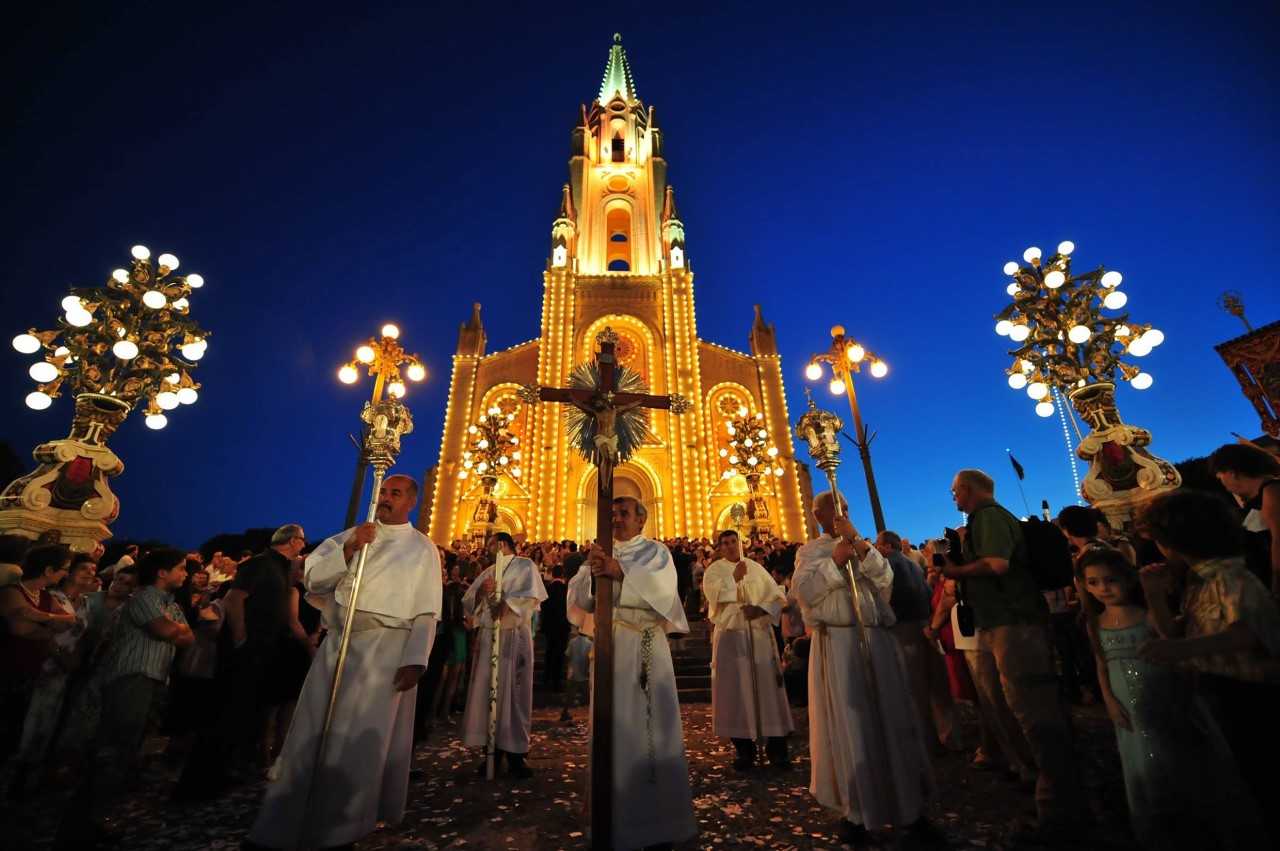Our Latest Blogs
from around the Maltese Islands
Maltese people are known for their religiosity. More than 90% of the island's population is Catholic and practicing, so it's not uncommon to see a full church at midweek morning mass.
Therefore, it is not difficult to imagine how the more important holidays and church celebrations are celebrated there. In Malta, there are nearly 60 village festas a year and an additional 20 on the nearby island of Gozo. The religious feast of the patron saint of the city, combined with fun and feasting, usually lasts about 3 days, and the most frequent festas are held from May to September. During this time, there is no weekend without celebrating somewhere in Malta. The climax of the party is on Sunday, but on Saturday, and sometimes also on Friday, residents organize something like a "dress rehearsal", marching through the city with an orchestra, sprinkling everything on the way with colorful confetti or thin strips of paper and adding the last decorations. Huge embroidered banners with images of saints are hung over each street. Large phages, several meters high, flutter on the roofs, and the facades of houses are illuminated by strings of white and yellow light bulbs. Maltese people also decorate their apartments. They turn windows and balconies into specific windows on which they build complex religious installations. Here, for example, you can find a window sill covered with colorful material, on which some pious owner placed a statue of Mary and hung miniature crystal chandeliers.
The streets of the cities are lined with wooden columns with statues of saints made of papier-mâché. They mark the route of the procession that goes through the city during the festa, with the powerful image of the patron at the forefront. All residents and crowds of tourists participate in it. Neighboring towns often compete with each other for the title of the one that organized the most boisterous fun. The feast continues until late at night. You can hear brass bands, and in stalls located along the square in front of the church you can buy local delicacies: qubbajt, or Maltese nougat, very sweet, filled with pieces of nuts or almonds, pastizzi, i.e. rolls made of puff pastry, stuffed with goat cheese or peas, and local beer and caraway, honey or prickly pear flavored liqueurs.
Large-scale fireworks displays are also a fixed point of the Maltese festa. The production of fireworks is very popular in Malta, so festas are the perfect occasion to present them. The shows fit perfectly in the evening as festas start at the end of the day due to the heat of the summer. In the evening, in the light of fireworks, among richly decorated houses, churches, playing orchestras and crowds of people, everyone will quickly understand why the holiday is called a festa.

